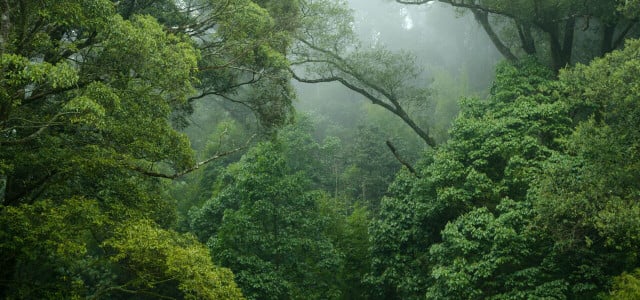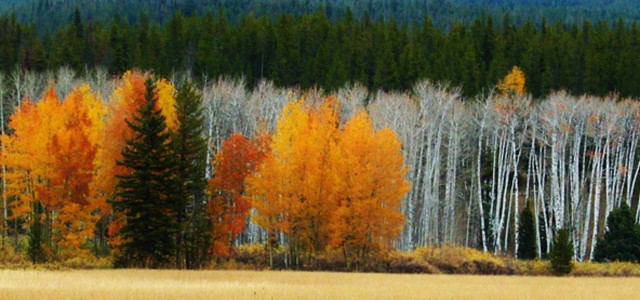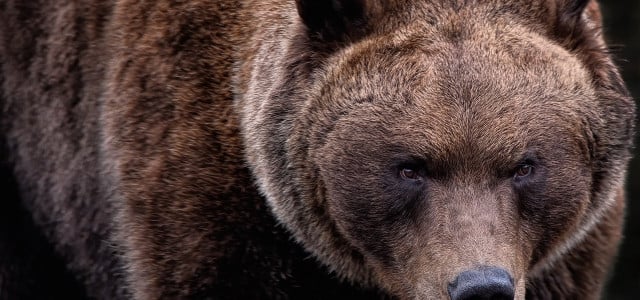Exploring different types of forests will help us understand the most vital ecosystems on our planet that are essential in fighting the climate crisis.
Forests are home to countless species of plants and animals, making them essential to millions of people’s lives. They are crucial in mitigating climate change by absorbing atmospheric carbon dioxide. There are several different types of forests worldwide, each with unique characteristics, plant life and wildlife. Climatic conditions, such as sun and rain, are mainly influenced by latitude and determine the type of forest.
The Role of Different Types of Forests in Our Ecosystem
Forests are much more than a mere collection of trees, covering one-third of the world’s land area and supporting the livelihood of 1.6 billion people. They provide a habitat for more than half of the world’s land-based species of animals, plants and insects, which makes them essential ecosystems that play a critical role in maintaining the health and well-being of our planet.
They also regulate the water cycle and act as a buffer in fighting storms and floods. By feeding rivers, forests supply drinking water for nearly half of the world’s largest cities. Furthermore, vital processes like pollination, climate regulation and soil conservation are supported by forests. Their ability to absorb carbon dioxide from the atmosphere makes them even more essential in the long haul.
Due to these capabilities, forests are crucial in combatting climate change. But despite their importance, forests are severely threatened by climate change, deforestation and other human activities, making forest conservation more critical than ever. There are many types of forests, and each may have several subcategories depending on rainfall and species composition. To keep it simple, let’s focus on the three main types of forests: tropical rainforests, temperate forests and boreal forests.
1. Tropical Rainforests
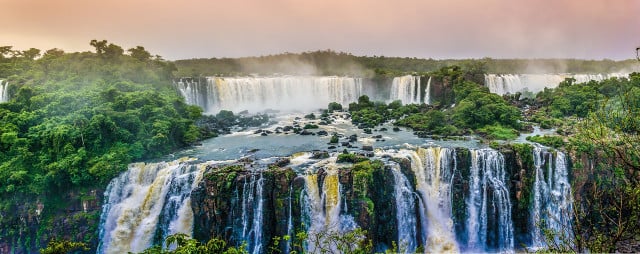


(Foto: CC0 / Pixabay / Heibe)
Tropical rainforests are typically found near the equator, where temperatures are high and rainfall is abundant. High humidity and temperature allow for diverse flora and fauna that work in an almost closed ecosystem: essentially, nutrients are released from tree leaves and washed into the soil by frequent rainfall. This provides nourishment to other plants.
Tropical rainforests play an important role in managing the world’s water. They store water like a sponge and draw it from the forest floor to release it in the air as clouds and mists. This ability to store and distribute water makes them especially important, as they help to maintain the world’s water cycle.
Tropical rainforest ecosystems are incredibly diverse and are home to about half of all plant and animal species on the planet, even though they only cover about twelve percent of Earth’s land surface. They contain tall trees that form a dense canopy, providing a home for a wide range of wildlife, including monkeys, sloths and jaguars. Many Indigenous people have been living in harmony with tropical rainforests for thousands of years, depending on them for food, shelter and medicines.
Unfortunately, tropical rainforests are the type of forest most vulnerable to deforestation and most threatened by human activities. This is causing a loss of habitat for many species and poses a threat to biodiversity. We urgently need solutions for deforestation, such as reducing consumption, recycling and seeking certified sustainable products to save the rainforest.
2. Temperate Forests
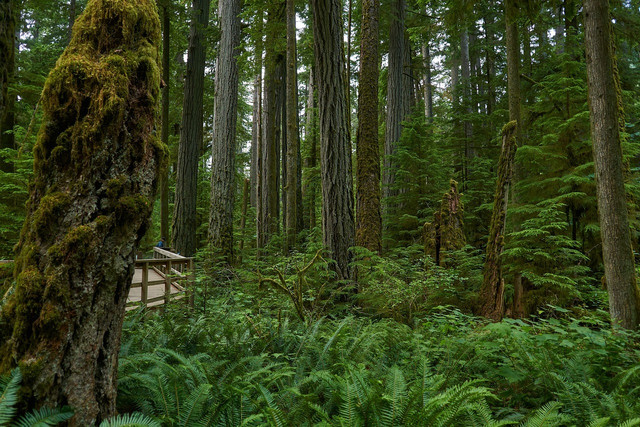


(Foto: CC0 / Pixabay / jusuf111)
Temperate forests are found in regions with moderate temperatures and rainfall, accounting for 16% of the Earth’s total forest cover. Located in the mid-latitudes, this type of forest has four distinct seasons, which makes it the perfect habitat for species adapted for seasonality, such as deer, bears and raccoons.
These forests are dominated by deciduous trees such as oak, maple and beech, which lose their leaves in the winter. The soil is typically rich in nutrients and organic matter, providing plants with a substantial source of nourishment for their growth.
These types of forests host some of the oldest and largest organisms in the world. They support high biodiversity, making them essential for maintaining healthy ecosystems. All forests are important for mitigating climate change by absorbing and storing carbon dioxide from the atmosphere. Still, temperate forests are considered carbon sinks, meaning they absorb more carbon dioxide than they release.
Temperate forests were the first victims of deforestation when forest lands began to be converted for agricultural use. Although deforestation has mainly shifted towards rainforests, temperate forests are still cleared for agriculture — primarily for paper and timber — and urbanization, resulting in severe biodiversity loss.
Also interesting: How Is a Forest Defined? Describing These Vital Ecosystems
3. Types of Forest: Boreal
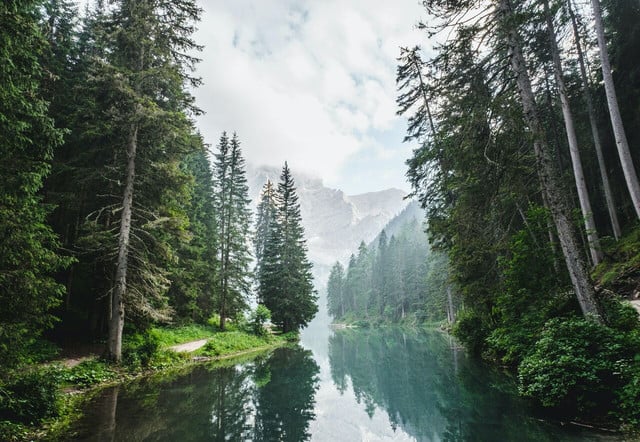


(Foto: CC0 Public Domain / Unsplash / Luca Bravo)
Boreal forests, also known as taiga, are found in cold regions, such as Canada, Scandinavia and Russia, accounting for 17% of the Earth’s land surface area. They experience long, cold winters (the average temperatures range from -35°F to -60°F) with short growing seasons. Their cold climate can make life difficult, so species diversity is low compared to temperate and tropical forests. Animals such as moose, wolves and lynx are specially adapted to cope with the forest’s conditions.
As a result of boreal forests’ shallow, acidic, nutrient-poor soils, they are the type of forest that mainly host coniferous trees like spruces and firs, characterized by needles rather than leaves and requiring fewer nutrients to grow. Almost 80% of boreal forests are on top of permafrost, a layer of soil that remains frozen throughout the year. Due to unnatural increases in temperature, the usually frozen ground can become swampy, causing trees to lose their stability and eventually die.
Canada’s Boreal Forest is the Earth’s largest carbon storehouse, storing 208 billion tons of carbon, equivalent to eleven percent of the world’s total. Compared to tropical rainforests, boreal forests have a lower level of biodiversity but are generally more resistant to disturbances from wildfires and insect outbreaks.
Driven by logging, mining and oil and gas exploration, deforestation levels in boreal forests are likely much higher than anticipated. Studies show deforestation rates in Ontario, Canada, are nearly fifty times higher than previously reported.
Act Now to Protect Earth's Valuable Forests
Forests play a vital role in maintaining the ecological balance of our planet. However, deforestation, climate change and other human activities severely threaten many of these types of forests. We must protect these valuable ecosystems and ensure their existence for future generations.
The goal for no more than 1.5 degrees of global warming is impossible without forests. That’s because of the massive emissions reductions that can be achieved by ending deforestation and the additional carbon that reforestation projects can save. The production of agricultural commodities such as palm oil, beef, timber and paper drives around 70% of tropical deforestation.
What you can do to save all types of forests:
- Reducing consumption of commodities that are known to drive deforestation the most. That includes leather, beef, palm oil, paper, coffee and cocoa.
- Recycling or reusing materials wherever possible, such as paper or timber.
- Look for certifications from organizations like the Forest Stewardship Council (FSC).
- Find alternatives to viscose, a material that is made from wood pulp. If you want to know more, read What Is Viscose Fabric and Is It Eco-Friendly?
- Refrain from buying newly produced leather products since leather companies significantly contribute to deforestation by clearing rainforest areas for their cattle. Instead, opt for second-hand leather products or vegan alternatives.
- Support as many reforestation projects as you can. For example, you could start using Ecosia as your browser instead of Google, a non-profit that plants a tree for every web search.
Read more:
- What Are Wetlands? Exploring the Hidden Gems of Nature
- 21 Must-listen Sustainability & Climate Change Podcasts
- Drowning in Plastic: Ocean Pollution & How to Stop It
Do you like this post?






